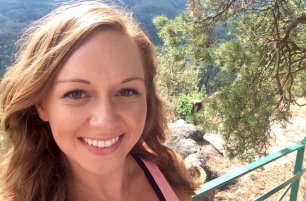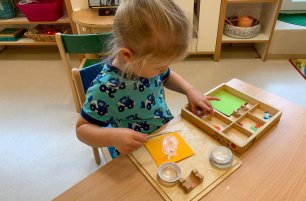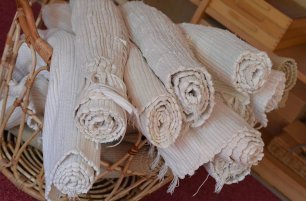Mones
Sorry, this article is only in Czech.

“The thing that IMSP really contributed the most to me would be developing my curiosity. Just, letting me as a kid explore my own world in my own way,“
Read more
Lindsey is originally from Texas, where she completed her Bachelor’s Degree in Women’s Studies at Southwestern University. She discovered her passion for working with children while teaching English as a Second Language in Costa Rica. After that she started working as an assistant in a Montessori school in the US. Her dream was to move to Europe to continue teaching and after 3 years of hard work her dream came true. Since that time, Lindsey has completed her Montessori training and is now leading up the Toddler classrooms at IMSP as Senior Teacher.
Read more
It has always been my priority to bring my kids up to be independent and curious and to treat them as my equal, if somewhat smaller in size; Montessori education therefore held a great appeal when it came to choosing a kindergarten. It has been six months since my daughter, who is just about to turn three, started attending IMSP and it is a joy and a privilege to observe how she thrives and develops.
Read more
There are a few things typical to Montessori classrooms worldwide that might give the casual observer a pause. Picture it: you walk into a beautiful Casa environment, full of children working, many of them on mats rolled out on the floor. The students moving through the room know to step between mats, never on them. Of course, in the beginning of the school year it took many presentations, repetitions and reminders to instill this routine in the students.
Read more
Radka Dohnalova, a parent of three IMSP children, has been researching the future of education in this world. She has summarized her findings in the article below, which was also recently published. Radka wanted to share the results with the IMSP community when her research revealed how Montessori education aligns with where the future of education is heading.
Read more